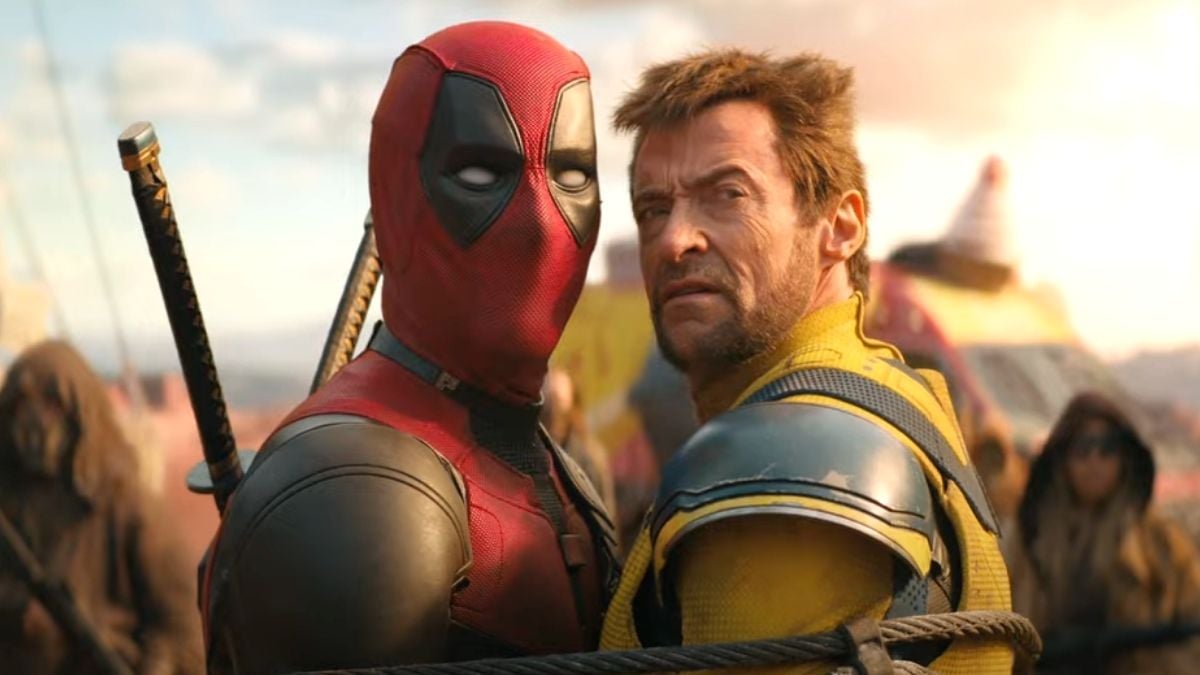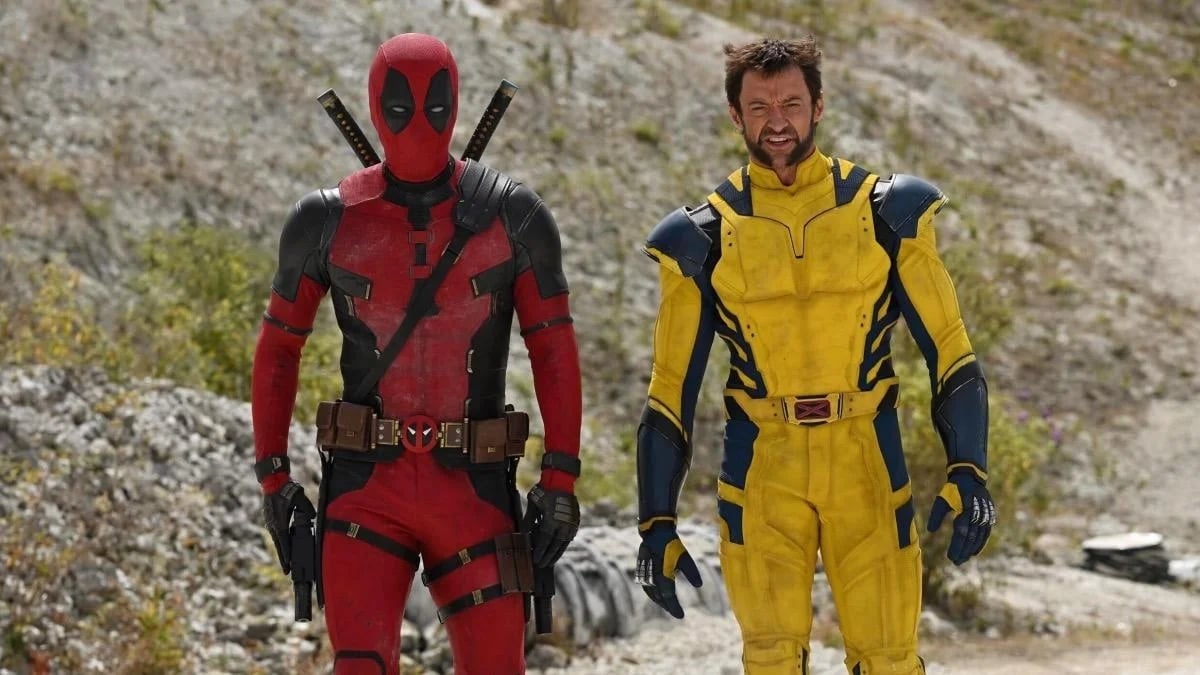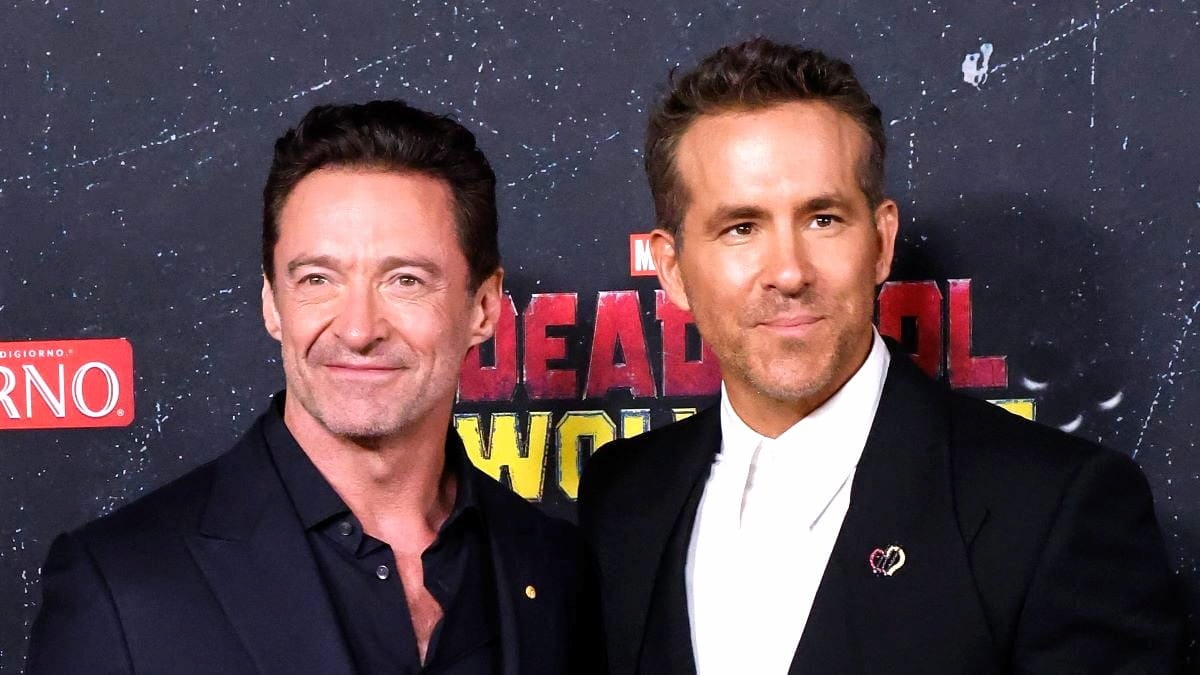Before wrestling with Godzilla vs. Kong, director Adam Wingard accepted the gargantuan challenge of helming Netflix’s American Death Note adaptation. Regional relocation is usually a kiss of death for cross-culture products (see: Ghost In The Shell), but Tsugumi Ohba (writer) and Takeshi Obata (illustrator), who created the cult-beloved Death Note manga, were quick to offer praise. “We love the film,” Wingard was told after a private screening scheduled just for Ohba and Obata. Outrage avoided, honor respected. The director even describes himself as an “otaku,” and it’s that obsession with the source material that sets up his (or, more appropriately Netflix’s) Death Note franchise on a platform of gory devotion and demonic influence. It may be a bit unbalanced, but it’s still worthy of Ryuk’s introduction.
Nat Wolff stars as Light Turner, a brainy high-school loner who happens upon a “magic” book. Scrawled across the front are two words, “Death Note.” Significance remains a mystery, until a God of Death who goes by Ryuk (voiced by Willem Dafoe) crashes his after-school detention. Ryuk explains that, among countless other rules, Light can kill anyone he’d like by writing their name in the book and picturing their face. He tests it on a school bully, who’s decapitated immediately. Just like he writes. Light wants to use the book for good, but with great power comes an unstable girlfriend (Mia, played by Margaret Qualley) and supercop pursuer (“L,” played by Lakeith Stanfield). Can Light stay out of trouble by posing as a Japanese killer named Kira? Or will his father James (Shea Whigham) team with “L” to unknowingly bring his own son to justice?
Wingard and writing companion Simon Barrett are typically inseparable, but Death Note taps the dudes who penned Immortals and one of the scripters of “Josh Trank’s” Fantastic Four instead. This means a less tight-knit story than we’re used to Wingard working with – and it shows. Act I brings us Final Destination gruesomeness by way of domino effect death sequences, but then Act II banks a hard right into detective procedural realms. Horror elements are where Wingard (and second unit director Jason Eisner) shine most (beheadings, electrocutions, etc.), but far more time is spent debating familiar moral high roads between Light and Mia. Couple that with an ending that’s foggier than John Carpenter’s The Fog (ZING!), and you’ll be wishing Barrett came along for the ride.
Then again, Act II’s coin flips both ways. It may neuter “Death Note” grotesqueries (that first kill is *kisses fingers*), but it also leans fully into Lakeith Stanfield’s prodigy detective “L.” He is, bar none, the most interesting character. A boy raised in an institution where the brightest future lawmen are bred, realized as a brainiac savant with zero social cues and an addiction to stay-awake candies. Stanfield’s confidence is that of a teenager who’s never experienced defeat, driven insane by a worthy adversary – his mannerisms tweaking ever-so slightly like a computer program slowly glitching. Supporting performance of the year? He’s certainly up there with Jake Gyllenhaal (Okja), Anthony Hopkins (Transformers: The Last Knight) and Steve Zahn (War For The Planet Of The Apes). Not a single joke in that whole sentence.

As far as human characters go, Wolff and Qualley cry angsty outbursts while finding a familiar brand of Hot Topic, strip mall romance. Wolff, a character whose good-intentions-gone-awry arc redefines nothing, and Qualley, the girl who can bat her eyes and erase a threat against Light’s father’s life. Neither ever as interesting as Stanfield, or even Shea Whigham, who plays “tormented father” with an appropriate rage (and some impenetrable hair). It’s understood that Wingard is building franchise potential, but the most interesting aspects of Death Note happen after Light writes a name in his murder diary – and that’s where we spend the least time.
Maybe I’m just a Willem Dafoe stan, but who better to voice Ryuk? Jason Liles maneuvers and lurks as the physical beast, covered in motion-capture devices and LED eyes, but it’s Dafoe’s snarl that echoes Ryuk’s mischievous destructivness. Munching on apples, mocking Light around every turn. You can catch glimpses of Dafoe’s old Green Goblin grin as Ryuk chuckless from shadowy backgrounds with his Sonic The Goth Hedgehog hair. Time and time again Dafoe has characterized a demon in human form, but now he gets to do so as an actual monster. “Now I’m rooting for this guy!” he snidely remarks to Light after “L” stages a power play. So very Dafoe, licking his chops at the thought of pure evil. Ryuk incarnate.
Wingard’s style mixes drops of The Guest (blue neon coffee shop lights) with a living anime feel, neatly toned by musical accompaniment (one of Wingard’s signatures). The usage of songs like Chicago’s “I Don’t Wanna Live Without Your Love” amidst Light and Mia’s tumultuous relationship is pitch-perfect; heartfelt ballads blasting while death looms. It’s just a shame that while “L” might be the most interesting character, when focus shifts to his obsessive hunting tactics, Death Note begins to drag momentum (not one of Wingard’s signatures). A closing Ferris wheel disaster sparks spectacle intrigue and Ryuk delights, but scripting bites off a bit more than it should have. Spending more time with Light and Mia’s initial “heroism” would have exploited more of the film’s finest material – not a strangely generic story that shorts inherently freakish potential.
Don’t be thrown by an overall drab tone to my previous remarks – Death Note is a perfectly *fine* beginning for Netflix’s desired multi-entry property. Adam Wingard’s films are no stranger to mean-streaks, which makes him a perfect fit for something titled “Death Note.” Yet, somehow, it’s more streamlined than in The Guest or You’re Next. Those films, mere horror thrillers, versus Netflix’s adaptation, an entire project about playing God. Dare I say Ryuk airs on the side of caution? Certainly not when turning noggins into a pile of mushy cranial chunks, when it happens. That said, you’re here for Lakeith Stanfield’s ice cream cones. You’re here for Willem Dafoe’s cackle and you’re here for Shea Whigham being one of the most underrated actors in the game. The rest? I’m excited to see where Netflix ventures – and how Death Note can improve.








Published: Aug 25, 2017 05:02 pm